
From the first chapter, the Book of Ezekiel is packed with vivid imagery and colorful descriptions of God’s warnings to his people about the impending destruction of Jerusalem and the Temple. Like Jeremiah, Ezekiel pivots later to messages of hope and restoration, calling on the people of God to repent and turn away from their wicked ways. The message Ezekiel had to bring became personal as the loss of his wife became an abject lesson. Nevertheless, Ezekiel remained faithful in proclaiming and enacting God’s messages.
Book of Ezekiel: Authorship and Date
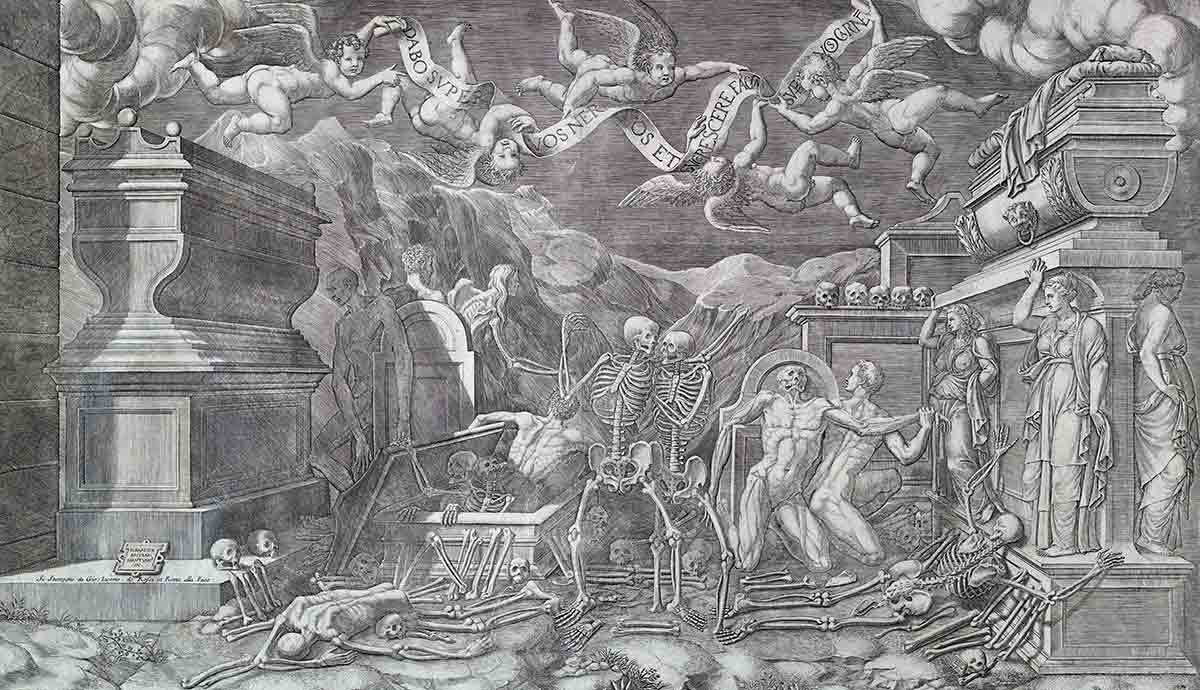
Tradition recognizes Ezekiel as the book’s author. The use of the first person “I” and “me,” suggests Ezekiel authored the work. This is supported by the vivid detail with which the book describes the interactions between Ezekiel and God. The content indicates that the work dates to the early years of the Babylonian exile.
Historical Context
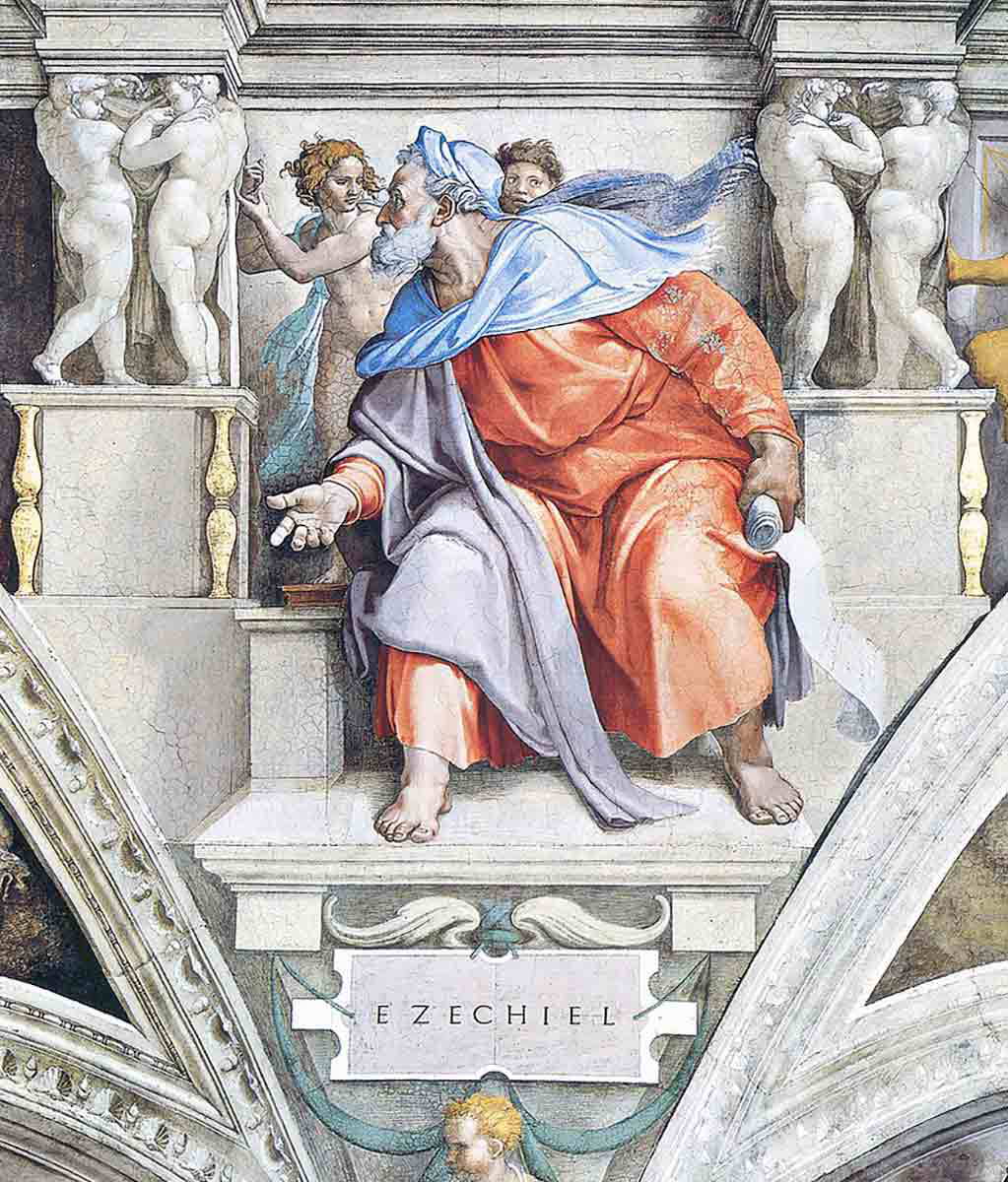
Several empires vied to dominate the Middle East in the decades before Ezekiel wrote. Babylon and the Medes invaded Assyria, and Ninevah fell in 612 BCE. Egypt later came to their assistance, and while King Neco traveled through the territory of Judah, King Josiah attacked his armies and was mortally wounded. After Josiah’s death, there was little stability in Judah.
First, the pharaoh of Egypt installed a king in Judah, and then the Babylonians conquered the land and installed who they preferred. Some of the elite of Judean society were exiled to Babylon, leaving mostly the frail, poor, and uninfluential behind. Under weak leadership, attempts to resist Babylonian control in the Kingdom of Judah failed.
Ezekiel was an exile in Babylon along with many other people from the Kingdom of Judah. For the first years of his ministry, which started in 593 BCE, Jerusalem and the Temple were still intact. Seven years later, in 586 BCE, the Babylonians destroyed his beloved city and place of worship. Ezekiel’s ministry lasted for 22 years, ending in 571 BCE.
Ezekiel was a contemporary of Jeremiah and Daniel, though Jeremiah was never exiled to Babylon, instead fleeing to Egypt. The prophets Ezekiel and Jeremiah had much in common with one another in terms of the messages and themes they addressed. Both warned of God’s judgment in the early chapters of their books and later transitioned to messages of hope for return to their native land and the restoration of Jerusalem and the Temple.
Structure
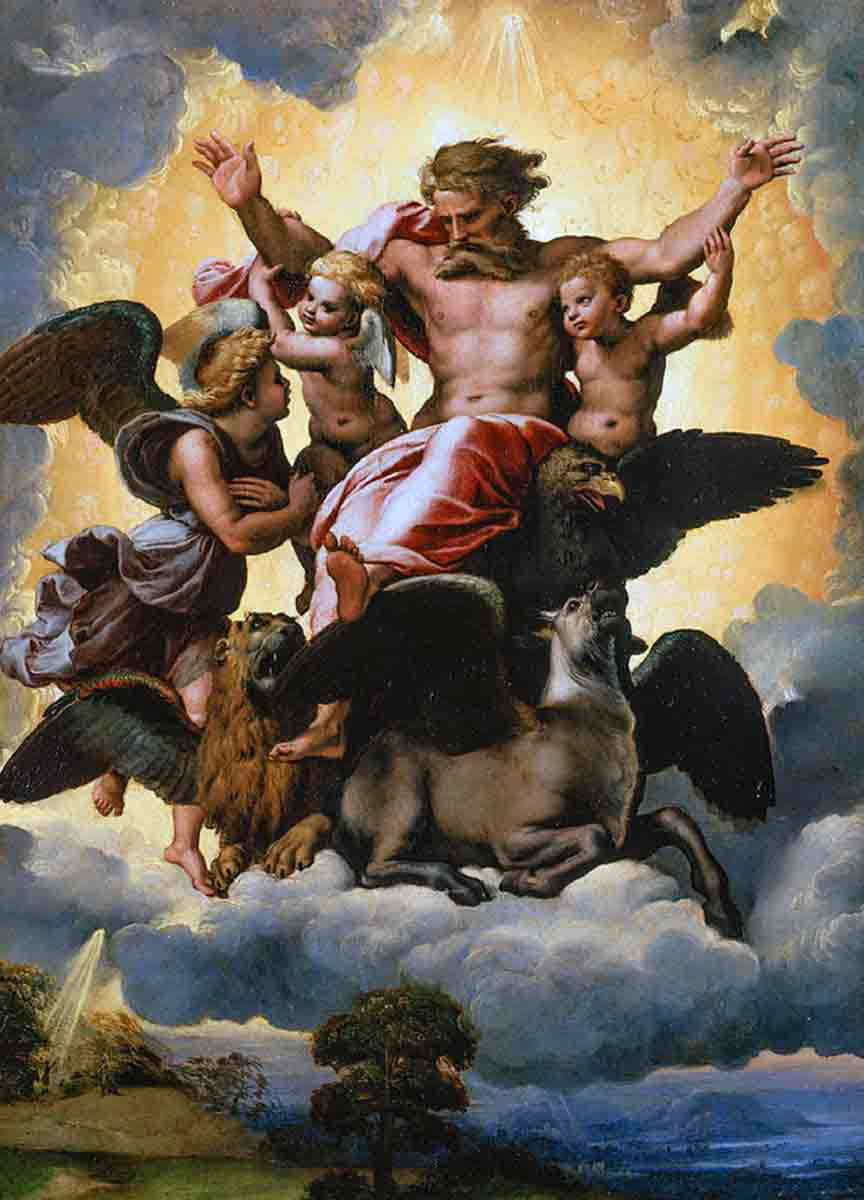
The Book of Ezekiel is divided into three parts, each with relevant subsections.
Oracles of Judgment against Israel (Chapters 1-24)
Ezekiel received a vision of the glory of the Lord before he received his calling as a prophet. God appointed him as a watchman on the wall for the House of Israel. God tasked Ezekiel to prophesy in an unorthodox way. Instead of speaking to the people of Israel, he had to enact some of his prophecies. His enactment pointed to the imminent destruction of Jerusalem by the Babylonians.
Through Ezekiel, God pronounced judgment on Israel for their idolatry. Not only Jerusalem and the Temple would be destroyed, but the whole land of Israel.
Because of moral decline, abominations entered the Temple. The idolaters who allowed it to happen would be judged by God. As a consequence, Jerusalem and the Temple would be destroyed. God would, however, restore some of the people exiled to Babylon.
Ezekiel had to portray the exile from Jerusalem by enacting it. He had to take up an exile’s baggage and walk with it in the sight of the people.
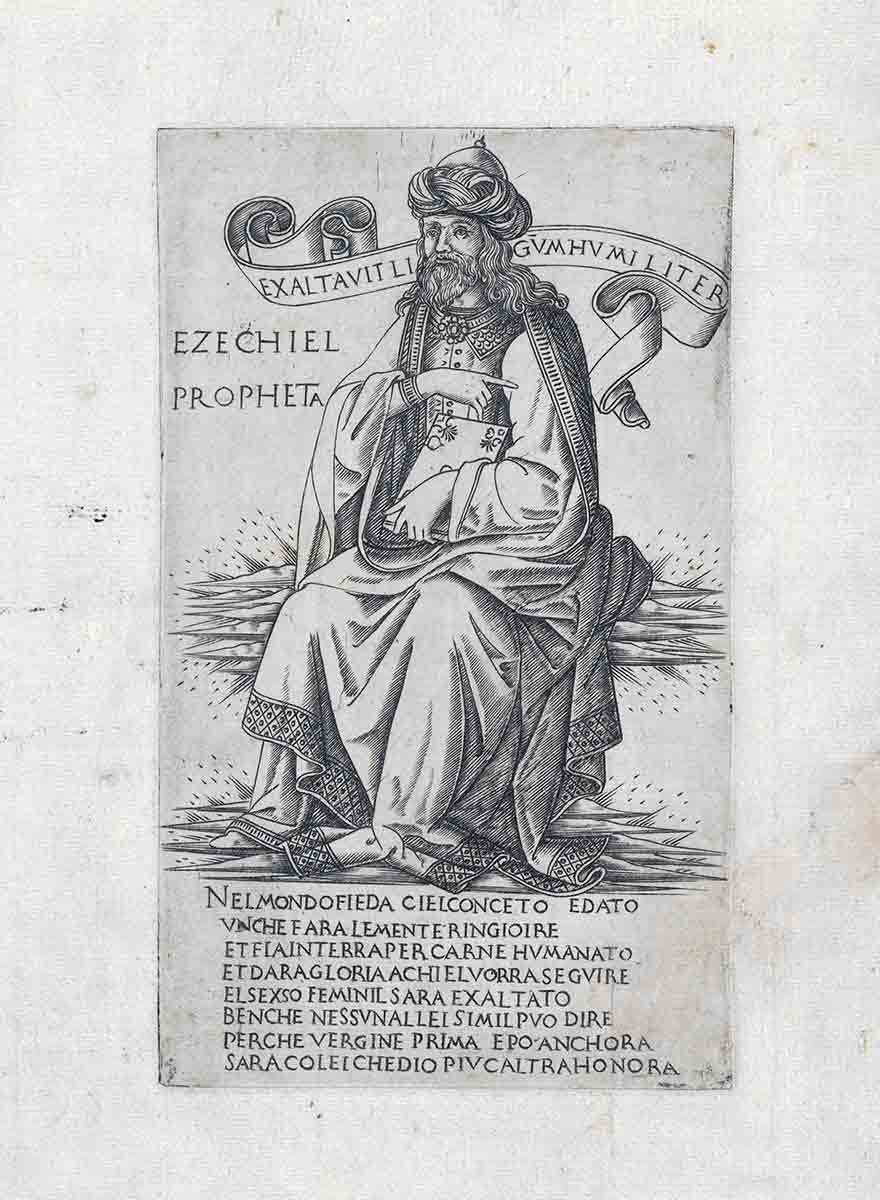
In a string of oracles, Ezekiel foretold the judgment of God on Judah, listing some of the reasons for their demise. Among these were false prophets, idolatry, and apostatizing. Ezekiel used images of a burnt vine, an adulterous wife, and eagles on a vine to drive his messages home. He explained how Babylon was the sword God used to judge. In the last part of this section, Ezekiel’s wife dies and serves as a symbol of the fall of Jerusalem.
Oracles of Judgment against the Nations (Chapters 25-32)
These eight chapters deal with prophecies against Ammon, Moab, Edom, Philistia, Tyre, Sidon, and Egypt, with special reference to the Pharaoh of Egypt.
Oracles of Consolation for Israel (Chapters 33-48)
Far from being a prophet of doom only, Ezekiel’s closing chapters speak of the restoration of the Temple, the city of Jerusalem, and the borders of the land. Ezekiel used vivid imagery, like the vision of the valley of dry bones, to awaken hope in his fellow exiles who had heard of the destruction of Jerusalem and the Temple.
Main Themes
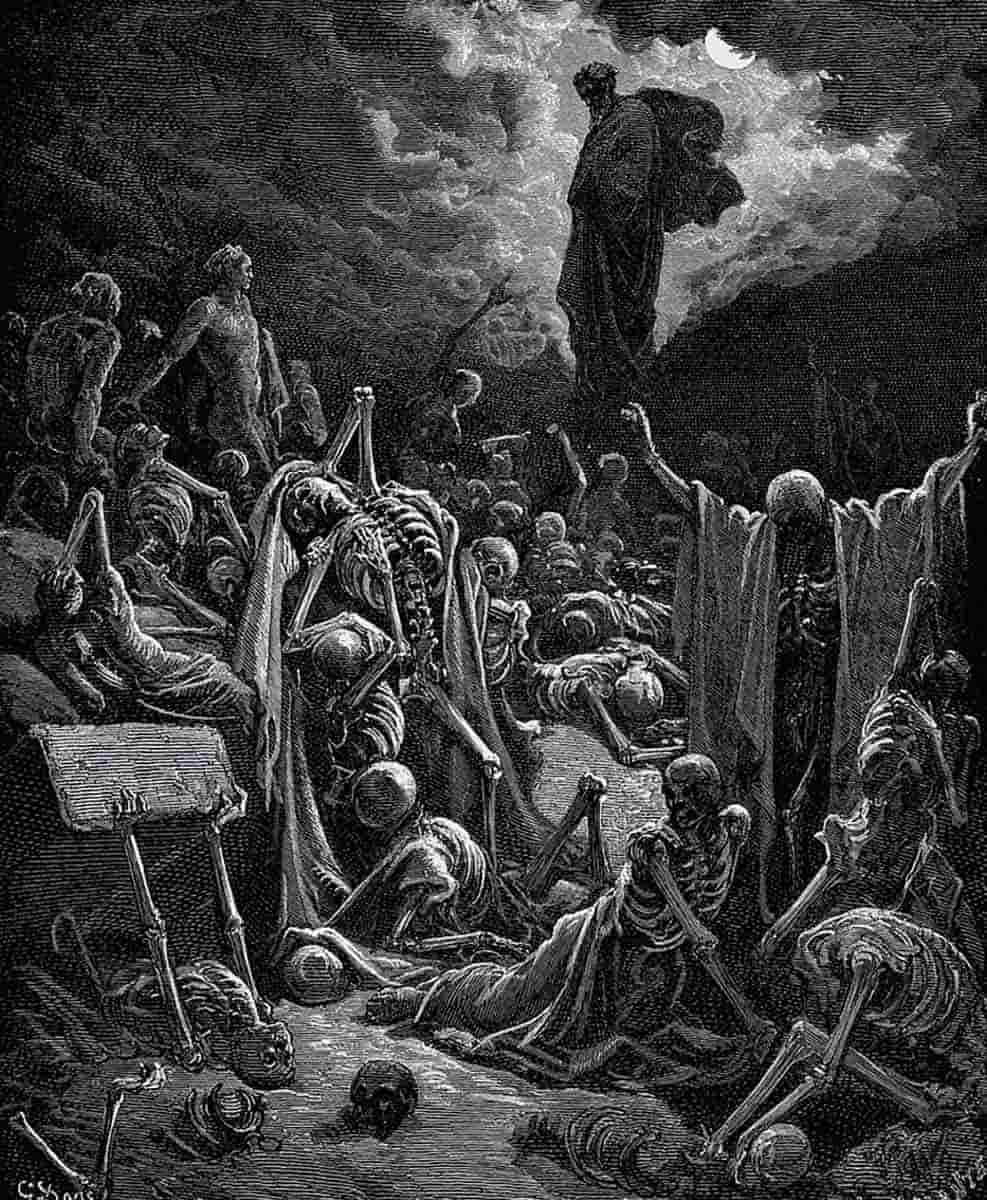
Judgment
The warnings God gave through prophets like Isaiah and Jeremiah, he also articulated and enacted through Ezekiel. These judgments provided the reasons that calamity would befall Judah. Idolatry and rebellion against God were among the most egregious of the offenses that had to be punished.
Hope of restoration
In Ezekiel’s context, where he and his fellow exiles were residing in Babylon, the news of the destruction of Jerusalem and the Temple must have been devastating. The focus of Ezekiel’s prophecies changes in the latter part of the Book of Ezekiel. Judgment was replaced by the hope of eventual return and restoration to the land they were taken from.
Key Passages
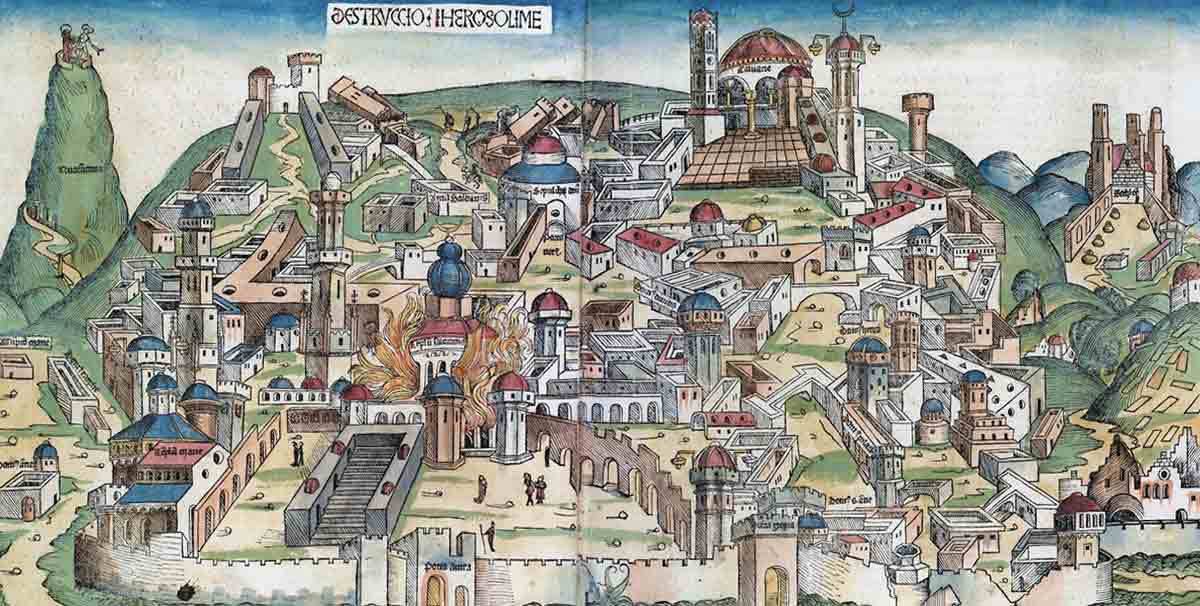
Ezekiel 3:1
“And he said to me, ‘Son of man, eat whatever you find here. Eat this scroll, and go, speak to the house of Israel.’”
Eating the scroll was symbolic of internalizing the word of God and having it nourish the being.
Ezekiel 4:1-2
“And you, son of man, take a brick and lay it before you, and engrave on it a city, even Jerusalem. And put siegeworks against it, and build a siege wall against it, and cast up a mound against it. Set camps also against it, and plant battering rams against it all around.”
Ezekiel had the task of enacting the siege of Jerusalem. Instead of proclaiming the prophecy, he had to construct a model of the city to visually demonstrate what would soon happen to the capital city of Judah.
Ezekiel 11:22
“Then the cherubim lifted up their wings, with the wheels beside them, and the glory of the God of Israel was over them. And the glory of the LORD went up from the midst of the city and stood on the mountain that is on the east side of the city.”
Arguably one of the saddest incidents in Israelite history, these verses record how God withdrew his presence from the Temple in Jerusalem. The presence of God in the Temple in Jerusalem made it the focal point of Israelite worship. God desired to have a house among his people but because of their idolatry and stubbornness, God could no longer reside among them.
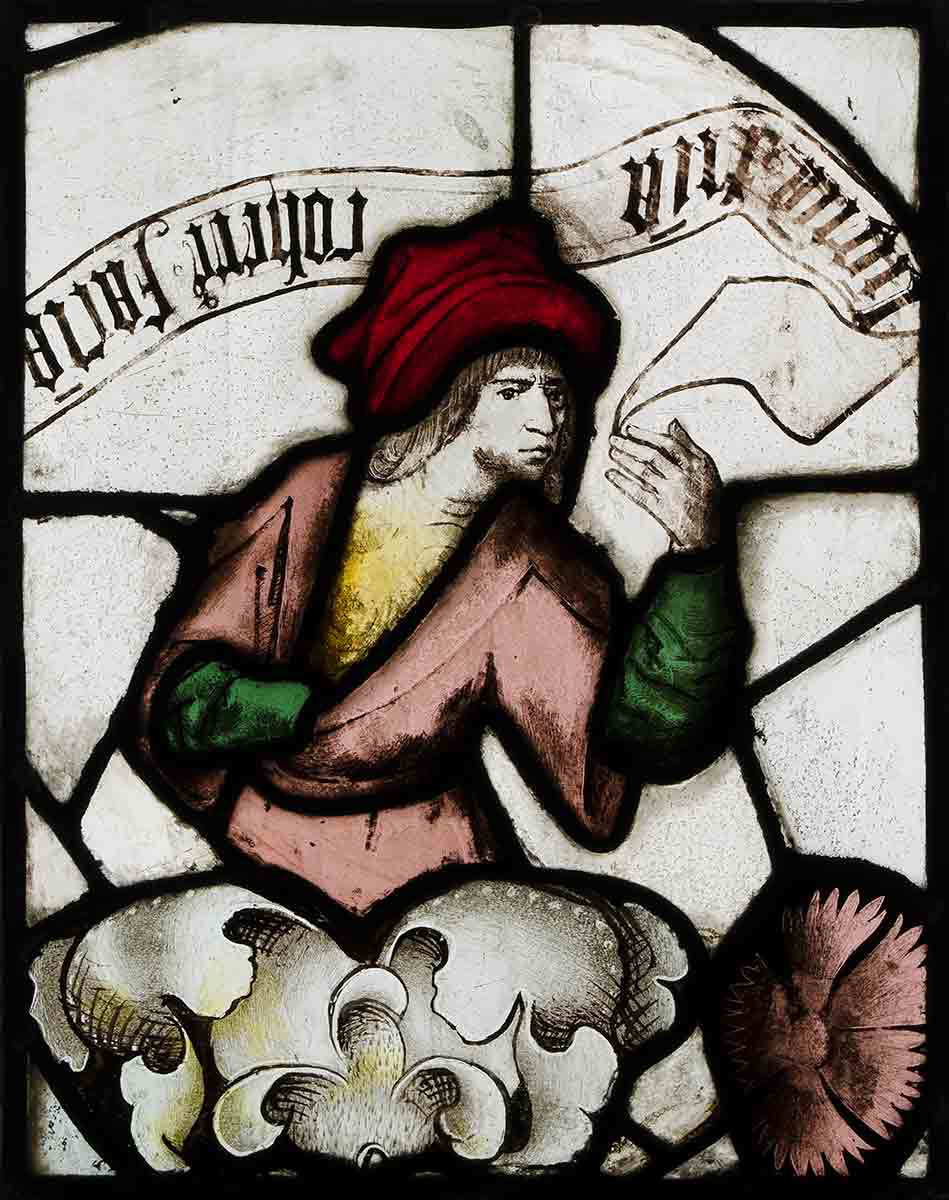
Ezekiel 28:12
“Son of man, raise a lamentation over the king of Tyre, and say to him, Thus says the Lord GOD: ‘You were the signet of perfection, full of wisdom and perfect in beauty.’”
This verse introduces the passage many scholars believe refers to Satan, rather than the literal king of Tyre. The description of him being perfect and “in Eden” rings true of Satan, rather than an earthly king.
Ezekiel 36:26-27
“And I will give you a new heart, and a new spirit I will put within you. And I will remove the heart of stone from your flesh and give you a heart of flesh. And I will put my Spirit within you, and cause you to walk in my statutes and be careful to obey my rules.”
God’s interest was not only in restoring the nation of Israel but more specifically the relationship with his people. This could only be accomplished by a renewal of their hearts and minds through divine intervention.
Ezekiel 37:5-6
“Thus says the Lord GOD to these bones: Behold, I will cause breath to enter you, and you shall live. And I will lay sinews upon you, and will cause flesh to come upon you, and cover you with skin, and put breath in you, and you shall live, and you shall know that I am the LORD.”
The vision of the valley of dry bones depicts the restoration of those who were spiritually dead. God, as the giver of life, can restore what seems irrecoverable to the human mind.
Contemporary Relevance
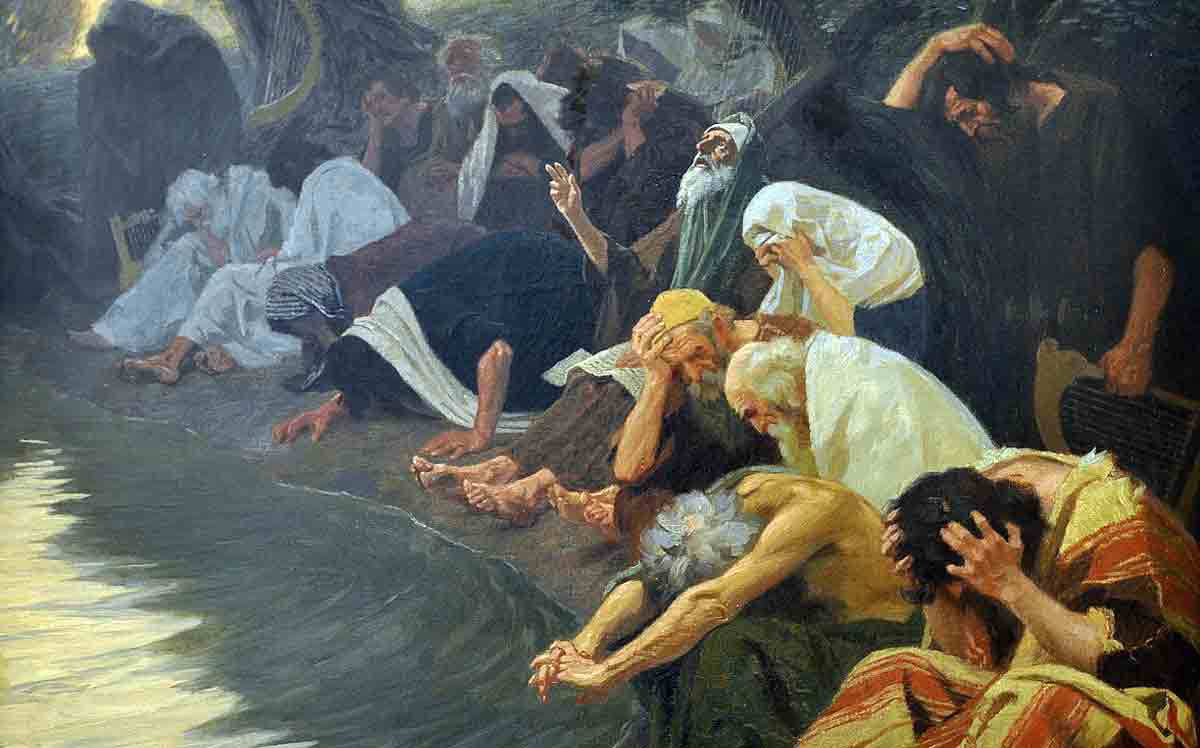
The Book of Ezekiel presents the contemporary reader with a vivid example of the results of sustained sinfulness. It shows that rebellion against God has consequences and leads to destruction. Yet, God is merciful and calls for repentance. God is always willing to forgive and restore those who repent of their wicked ways.
The book also speaks of God’s sovereignty and power. Particularly striking is the vision of the valley of dry bones which speaks to God’s ability to physically and spiritually resurrect and restore what used to be dead and dry bones. In a sense, the vision also prefigures the expected second coming where the graves will open, and the dead will be resurrected (1 Thessalonians 4:16).
Particularly relevant in the contemporary context is Ezekiel’s prophecies against the “shepherds of Israel.” Just as in his day when leaders were more concerned about their own interests and benefits, today’s politicians, businessmen, and church leaders often care more about themselves than those around them. His messages to the corrupt leaders of his time are valid for today as well.


















